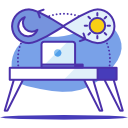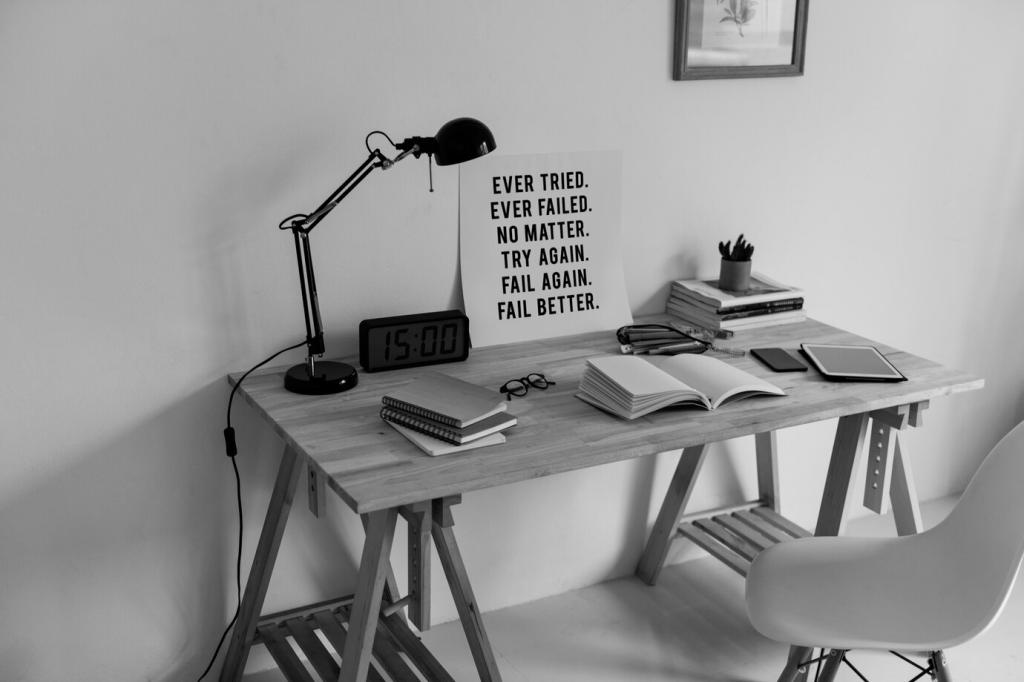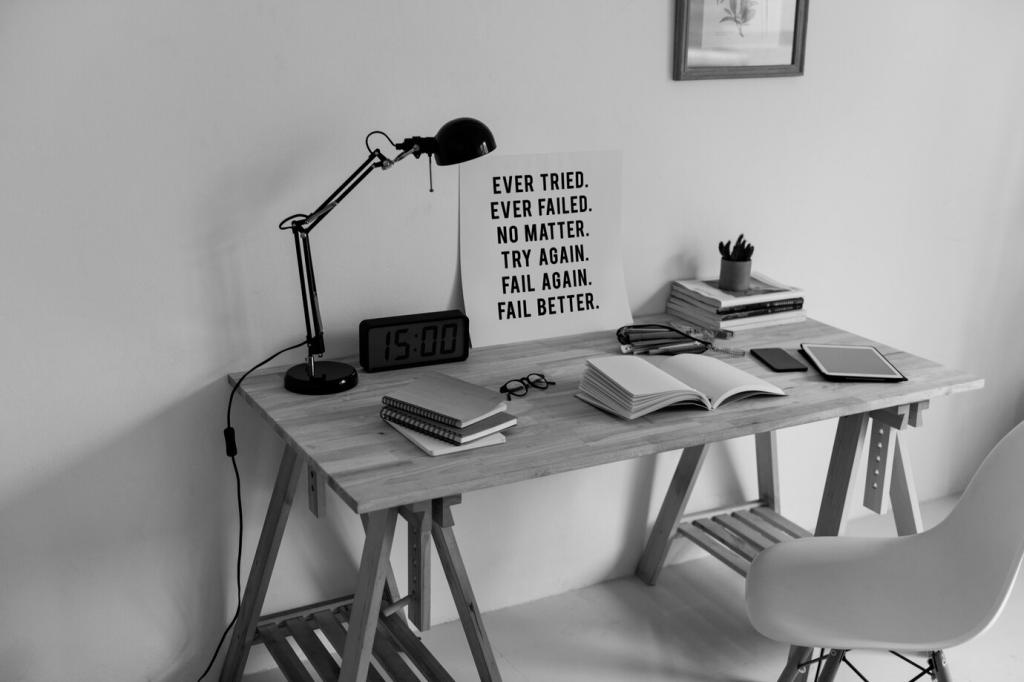Hybrid Work and the New Open Plan
Assign zones to teams only on their anchor days, freeing prime focus areas when they work remotely. Rotations keep the floor lively without overwhelming those who need quiet concentration.
Hybrid Work and the New Open Plan
Replace oversized rooms with varied sizes: quick huddle pods, focus capsules, and medium hybrid suites. Teams waste fewer minutes hunting space and more minutes actually solving real, meaningful problems.






